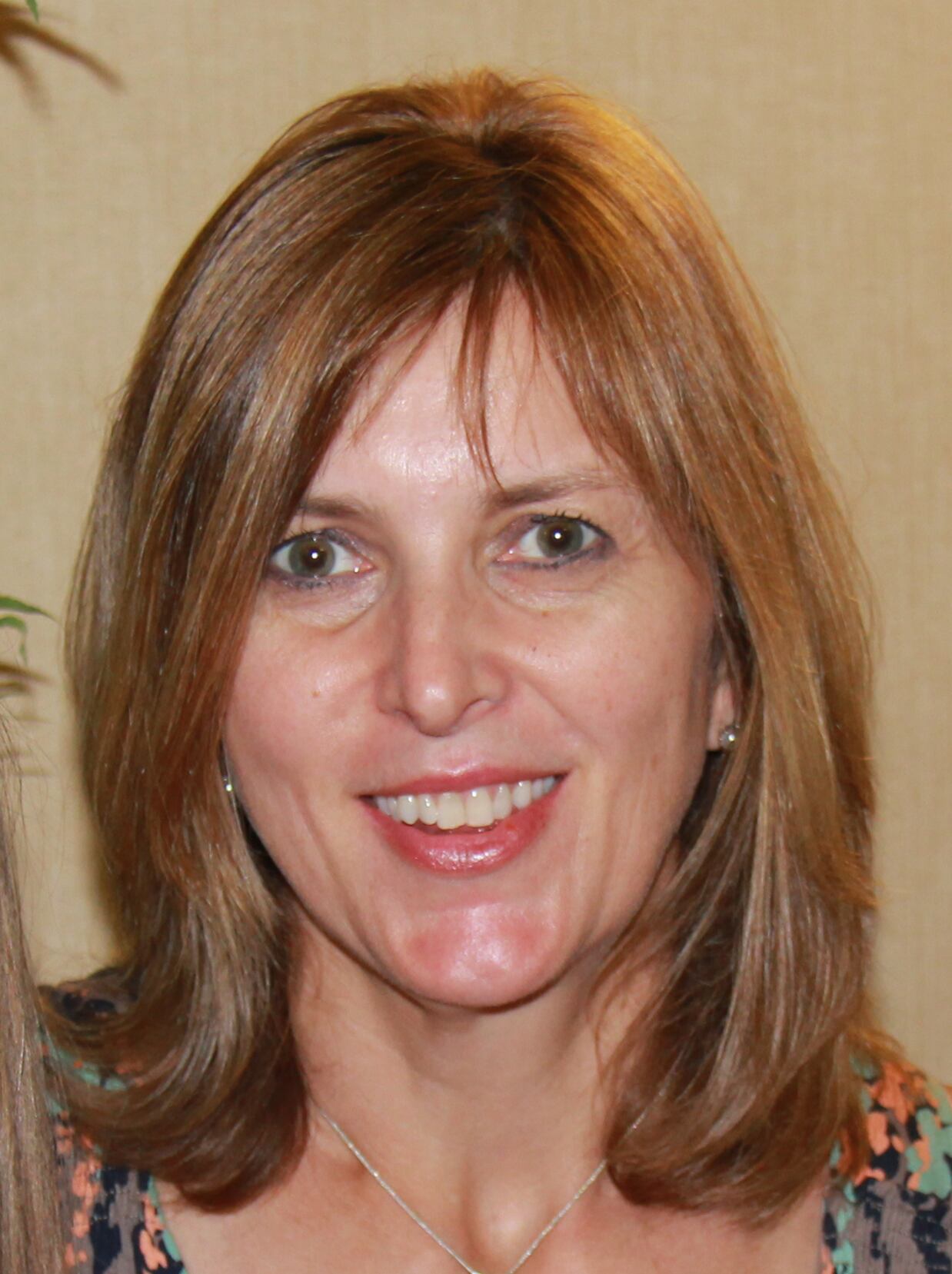
“That’s the million-dollar question,” says Jennifer Shaw, head of sustainability at Syngenta, which is one of the member organizations of the Field to Market Alliance, a nonprofit organization of 50-odd growers, agribusinesses, retailers, conservation groups and universities formed in 2011 to define and measure food production sustainability.
Tasked with the increasingly daunting prospect of feeding a global population on track to reach 9 billion people by 2050, the creation of the Field to Market Alliance formalized what began as an informal dialogue among various industry experts on how to improve sustainability across the food, fiber and fuel supply chain.
One size doesn’t fit all
The historical approach to sustainable agriculture has been to tell farmers to implement a certain conservation measure (such as no-till farming), assuming that practice will drive improvements in sustainability. But crop production involves a lot of rotation (e.g., wheat growers will not only rotate between spring and winter wheat, but also with barley and sugar beets, making standardization difficult). Not only that, but farms are subject to many uncontrollable variables—from drought and floods to extreme heat, so what may help one farm could hurt another.
“Field to Market is different from a lot of sustainable agriculture initiatives and marketing programs out there because it doesn’t say you have to use this practice or that technology in order to be sustainable. Instead, it recognizes that in agriculture, one size doesn’t fit all.”
The organization created a tool called Fieldprint that calculates a grower’s field-level performance based on a range of factors, including land and energy use, soil carbon, irrigation water use and greenhouse gases. The tool enables farms to first establish a baseline, then work with advisors to determine practices that can drive improvement for each metric.
“A farm is really a system that is about multiple crops and cover crops between those crops,” Shaw notes. “With Fieldprint, we’re asking growers to work with a cluster of metrics rather than just greenhouse gases, for example, because everything involves a tradeoff. We don’t want the grower to make great improvements in GHG emissions but at the expense of water use efficiency.”
A number of Field to Market pilot programs are getting off the ground, including a Bunge-Kellogg Co. collaboration to determine the carbon and water footprint for Nebraska corn grown to make Frosted Flakes, along with a program initiated by General Mills to learn about the natural resource management of 25 wheat growers in Southeastern Idaho.
Sustainably feeding a growing population requires ‘meaningful science’
These efforts don’t happen overnight. The General Mills pilot required four years’ worth of data simply to set a benchmark against which to measure improvements. “Those farmers are not just growing cereals, but a whole cropping system. It’s a complex system,” Shaw says.
Field to Market is currently working to more clearly define the program in order to transition from pilots to implementing standardized projects that have the “flexibility to deliver in a meaningful way at a local level,” Shaw says. For one, Syngenta is leveraging programs that growers already trust and use—such as integrating the Fieldprint calculator into existing farm software, so farmers don’t have to re-enter the data.
“The reality is, we have to feed more people, and we have to do this based on meaningful science. That’s going to take time and collaboration with the grower, along with who that grower is supplying, conservation groups, and on through the supply chain. That’s why having coalitions stack hands on this is really important for how we move forward.”
